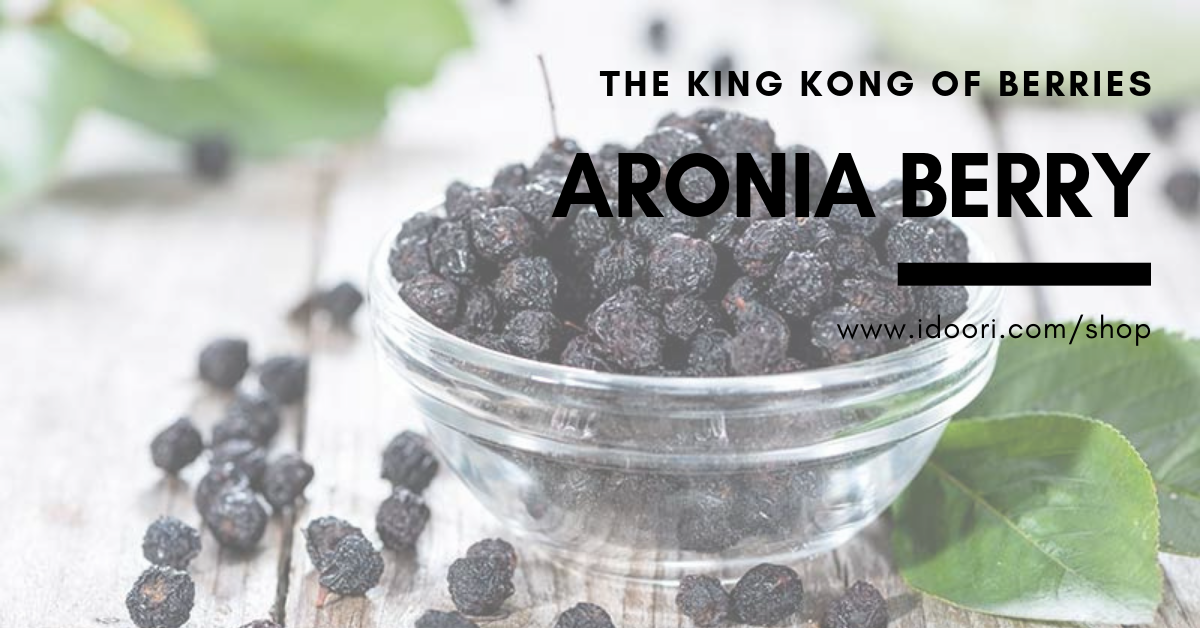Uncovering the Dangers of Diabetes


Diabetes has always been looking over our heads like an ominous dark cloud. We hear rumours of ants being attracted to diabetic urine or reports of people with diabetes having to amputate their limbs. Dialysis is needed when the kidney fails and most kidney failures are in diabetic individuals. Which begs the question, how does this devastating disorder happen?
It has been established that diabetes is more prevalent in Asians. Singaporeans, likewise, are plagued with this curse as we have a greater insulin resistance. Insulin is the divine hormone that allows the body to use the glucose from the food that we consume or store it for future use. Without it, we do not have a "reserve tank" of energy at our disposal which can lead to low blood sugar and dizzy spells. High blood sugar, on the other hand, can also occur as food is consumed but the body is unable to use the glucose in the bloodstream, leaving it to accumulate.
Due to this insulin resistance, we often hear certain diabetic patients having to inject insulin into their bodies on a daily basis. This is to compensate for the body's lack of reaction to the hormone. This resistance is correlated to the amount of fat an individual has; the more extra fat they have, the higher the chance of developing diabetes. With around 36% of Singaporeans being overweight, it is no wonder that the Health Promotion Board is "hard selling" healthier eating options to us.
Eating healthy is one thing that prevents sudden spikes in our blood sugar levels, but what can we do about the insulin sensitivity? Certain foods like Aronia Berries is studied to increase insulin sensitivity due to the high concentration of polyphenols¹. It also restores beta-cells which enhances insulin releasing activity², a property that may help existing diabetic patients.
These Aronia Berries can also be consumed before a meal to prevent one's blood glucose from hitting critical levels. This was observed in a study on healthy Japanese adults, which showed decreased blood glucose after a meal when they had consumed Aronia Juice beforehand³. The addition of these Berries into our diet is certainly beneficial for healthy and diabetic individuals alike. With its antioxidant properties, it brings so much more to the table and will always be our go-to choice for a pre-meal beverage.
Reference list
- Dragan, S., Andrica, F., Serban, M. C., & Timar, R. (2015). Polyphenols-rich natural products for treatment of diabetes. Current medicinal chemistry, 22(1), 14-22.
- Jeon, Y. D., Kang, S. H., Moon, K. H., Lee, J. H., Kim, D. G., Kim, W., ... & Jin, J. S. (2018). The effect of aronia berry on type 1 diabetes in vivo and in vitro. Journal of medicinal food, 21(3), 244-253.
- Yamane, T., Kozuka, M., Wada-Yoneta, M., Sakamoto, T., Nakagaki, T., Nakano, Y., & Ohkubo, I. (2017). Aronia juice suppresses the elevation of postprandial blood glucose levels in adult healthy Japanese. Clinical Nutrition Experimental, 12, 20-26.
The information contained in the post is for general purpose only and should not be considered as medical advice.







